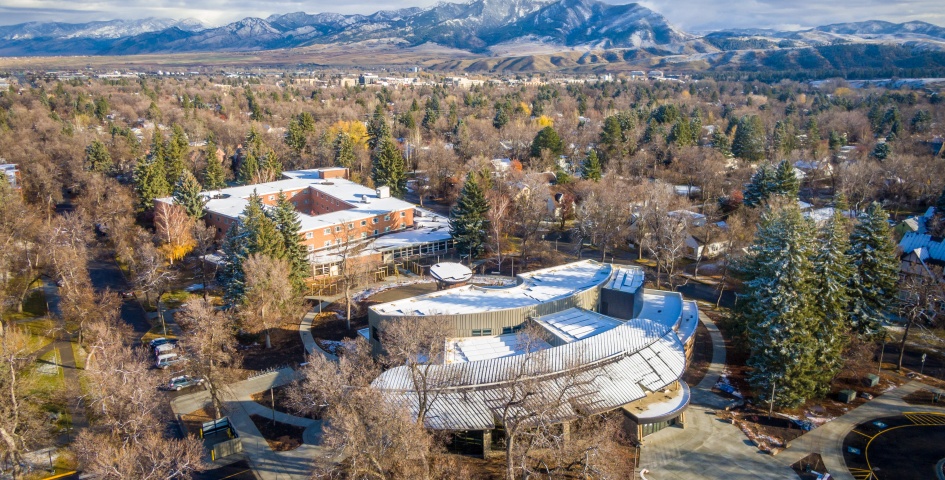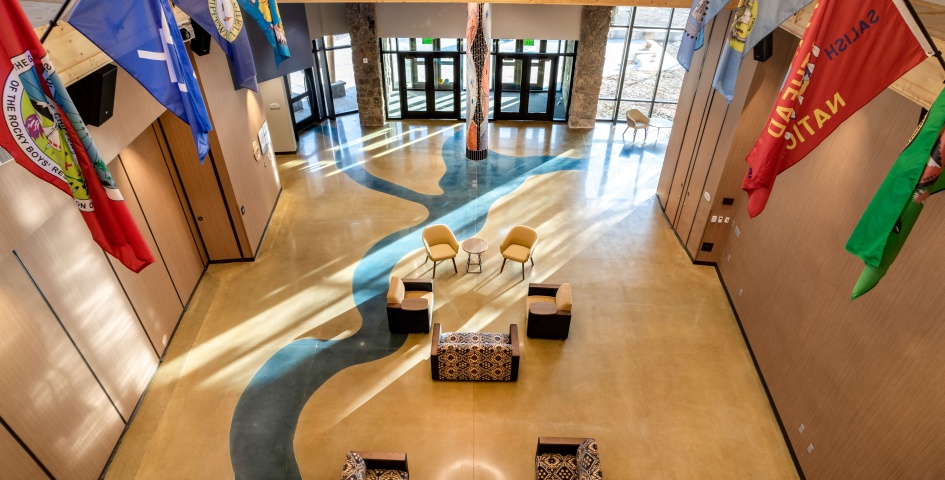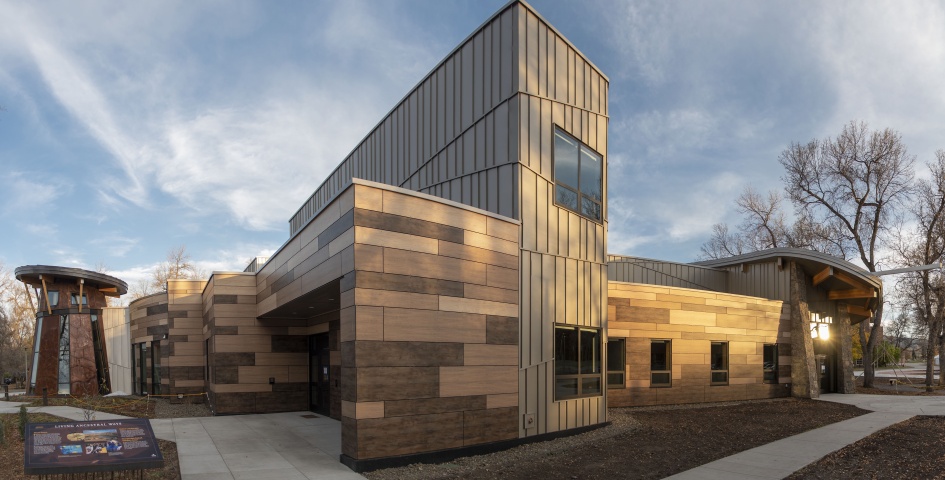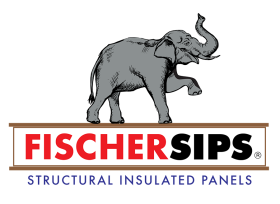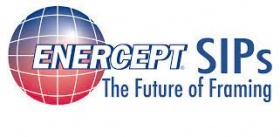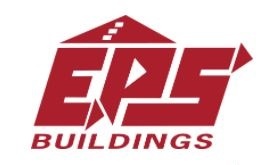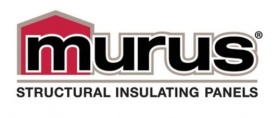LEED Montana State University SIP Structure Bozeman MT
Location: Bozeman, MT
Project Information
| Project Type: | Commercial, Other Commercial |
|---|---|
| Manufacturer: | Premier Building Systems |
| Builder: | Swank Enterprises |
| Design Professional: | ThinkOne Architects |
| Year Built: | 2021 |
Performance
| High Performance: | Yes |
|---|---|
| HERS/EUI Index Score: | |
| ACH50 - Blower Test Results: | 1.42 |
| kBtu/sq.ft./year: | |
| CO2 lbs./sq.ft./year: |
Awards/Certifications: Building Excellence Awards, LEED Platinum, Silver
BEA: 2022 Commercial Over 10K Sq. Ft. High Performance Winner
2022 Best Overall Non-Residential Winner
Building use:
The new American Indian Hall at Montana State University is a dynamic expression of Native American culture while serving as a bridge between the American Indian and other cultures on campus. This structure serves as the home for both the American Indian/Alaska Native Student Success Services offices and Montana State U's Department of Native American Studies.
Conceived as a Home Away From Home for over 800 Native students on the MSU campus, the facility provided dedicated spaces for study, collaboration, and ceremony. A Student Commons area provides private spaces for Native Students complete with a full-service kitchen, childcare space, dedicated work and study areas.
Gallery and Great Hall spaces offer a rich environment for students, native and non-native to engage in the rich Native American culture expressed in all elements of the building design.
SIP benefits for this job:
Big Sky R-Control SIPs are environmentally friendly - coupled with lower energy consumption because of the product's superior insulation properties. There was far less jobsite waste because the panels were precut to specs which clearly benefit the environment. Another positive aspect is the amazing air quality of a SIP structure.
SIP wall thickness: 8 1/4" GPS R-Control Maxx
SIP roof thickness: 12 1/4" GPS R-Control Maxx
Comments on labor saving, construction time, construction costs and energy savings:
SIP construction was an integral component of a design that set out to achieve the highest level of energy efficiency while creating an dynamic sculptural expression of Native American culture. SIP construction allowed the exterior walls and roof structure to express the desired forms while simultaneously providing a high performance building envelope. Utilizing curved panels simplified construction of the complex building forms, particularly the sculptural feather roof element, a key cultural element included on the building.
Innovative design elements:
The dynamic roof element references an eagle feather. Structural integration of custom curved SIP roof panels and glu-lam support framing for the feather roof is a visual and sculptural expression of the key cultural symbol of the project. Due to the structural capability of the SIP panels, the structural support framing was distilled to its simplest form. The design of this key building element is a truly integrated expression of form and function.
Certifications awarded:
LEED Platinum V4 Status - First building in the State of Montana to achieve this threshold.
HERS index: A HERS Index was not established for this project. Project commissioning focused on requirements for LEED, and this was not one of criteria for the LEED submittal.
Blower door test results:
FM @ 50pa = 11,980
Leakage Area (EqLA) [sq in] = 1635
Leakage Area (EfLA) [sq in] = 997.5
Air Changes per hour ACH50 = 1.42 per final testing
HVAC:
The project uses geothermal wells to provide for heating and cooling. Hydronic heat pumps extract heat or cooling from the geothermal wells and provide tempered air to the occupied spaces. The design also includes a solar wall system that pre-heats outside air that is used to temper incoming outside air to be distributed in the building. A roof mounted 62 kw solar photo-voltaic system provides for the bulk of electric energy needed by the building during the day.
Additional energy efficient products or features:
In response to the Native American culture’s connection to the earth, the building was designed with a geothermal heating and cooling system. Solar photo voltaic systems on the roof provide for most of the electrical needs for the facility. Recycled materials used were feasible to create an extremely high level of sustainability. In fact, the project was awarded LEED Platinum V4 status, which reflects the extreme efforts put forth by the design and contracting teams.
Additional energy-efficient products or design features:
Geo-thermal heating/cooling System
Solar Photo Voltaic Systems on roof
High performance glazing used throughout the building
Various Recycled materials
Induction range in the kitchen
Solar:
A 62 kw roof mounted photo-voltaic system was installed as a key part of the energy goals for the project.
Sustainable materials or design features, i.e. low VOC finishes, landscaping, or recycled materials:
In keeping with the "connection to the earth" design philosophy, the building design utilized materials with high recycled content throughout. Key elements would be the exterior finishes, the Stone Wood siding panels, and metal siding and roofing. Both had high percentage of recycled content. In the interior, carpet and vinyl flooring tiles were manufactured with high percentage of recycled material as well as low VOC materials. Trees removed from the site were salvaged and milled to provide finish material for wood wall finish, wall trim and handrails. Custom conference tables were fabricated from salvaged Ash trees removed from the site. Gravels were gathered from all eight recognized Native American tribal areas in Montana and used in the ground and polished concrete floor in the Drum Room.
Additional comments:
From its inception the American Indian Hall was envisioned as a true expression of the dynamic American Indian culture. It was also seen as an opportunity to create a bridge between Native American students and non-native students in an engaging and dynamic environment offering a glimpse of the rich history, tradition and culture of Native American peoples.
Beginning with the ground the building was placed upon, special care was taken to respect the earth. Special care was taken when placing the building on the site maintain as many mature trees as possible and respond to existing circulation patterns through and around the site.
Documents
- Other: American Indian Hall BEA Submission MSU 15oct21.pdf
- Other: LEED-Montana-State-University-SIP-Structure-Bozeman-MT-high-performance.pdf

